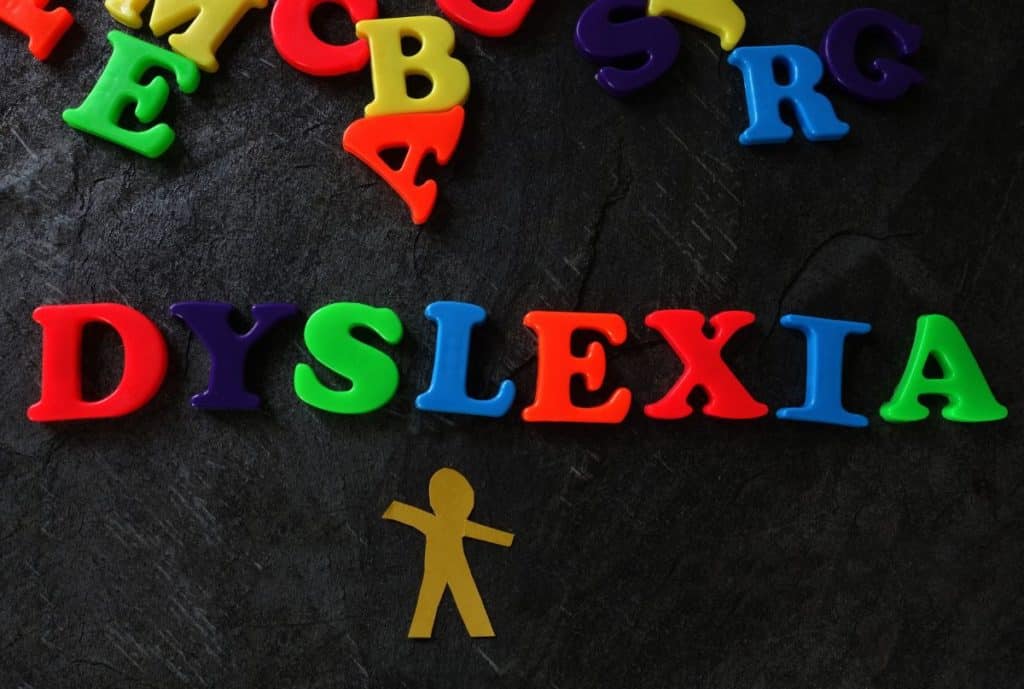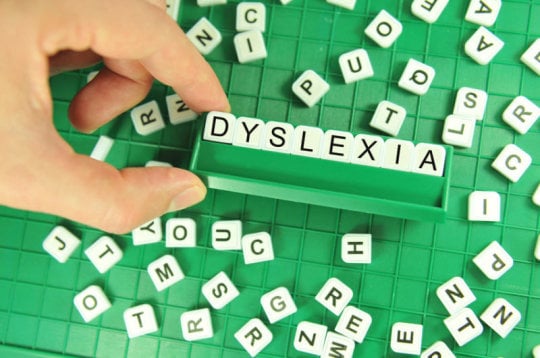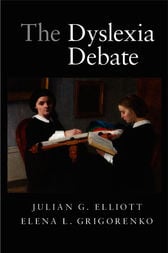
Imagine being unable to read and write. You would most likely drop out of high school, limiting your chances for academic and occupational success.
You’ll need assistance when filling out a job application form. You’ll be unable to read precautions on poisonous household chemicals and instructions on medicine bottles, help your children with homework, or engage them in bedtime stories.
Communication with family and friends will exclude emails and Whatsapps. Choice, in all its facets, will be restricted. Instead of ordering from the restaurant menu, you’ll need to rely on dish photos. Unable to make sense of road signs and street names, you can’t travel freely.
At the voting station, you might cast your ballot for a smile, face, or style instead of a mind, character, or body of beliefs. You’d be severely isolated and challenged in a reading world, but the impact could be far more profuse.
Table of contents:
- Reading failure a reality
- Little clarity, much confusion
- A waste of time and a myth
- Destructive emotional effects
- Giving the “keys” to reading to every child
Reading failure a reality
Although no academic skill is more vital than the ability to read, the reality is that many children battle to learn to read, and some never succeed. While there are many causes for reading failure, witnessing children who struggle to break the alphabetic code despite adequate intelligence, and what seems to be sufficient instruction, has been plaguing educators, psychologists, and neuroscientists alike for more than a century.
These children read slowly and haltingly, even “atrociously” (Fawcett, 2014, p. xiv), and words they read correctly in one sentence may be misread in a subsequent sentence. Reading aloud may be particularly painful. Spelling may vary from being inconsistent to the bizarre.
This phenomenon has been called many names, but most have now been discarded in favor of the terms dyslexia and reading disability. The DSM-5 categorized dyslexia as a “specific learning disorder”. Depending on the definition and diagnostic criteria employed, dyslexia affects 3% to 20% of the population, and up to 40% experience some type of reading difficulty.
Little clarity, much confusion
Extreme viewpoints exist about dyslexia, which makes it difficult for parents to know how to help their child best. One view is that dyslexia is a condition that cannot be cured but endured. The British Dyslexia Association (BDA) states that dyslexia “is likely to be present at birth and to be life-long in its effect.” The association and many others like it recommend taking a dyslexia test ― at a cost ― and provide advice about how to cope with dyslexia and gain access to the special study allowances and benefits available for diagnosed dyslexics.

Another opinion is that dyslexia is a gift. According to Eide and Eide (2012) and Davis (1997), the mental function that causes dyslexia is a gift in the truest sense of the word: a natural ability, a talent. It is something special that enhances the individual. In his book, The Gift of Dyslexia, Davis wrote (p. 3):
Usually when people hear the word dyslexia they think only of reading, writing, spelling and math problems a child is having in school . . . but the learning disability is only one face of dyslexia. Once as a guest on a television show, I was asked about the “positive” side of dyslexia. As part of my answer, I listed a dozen or so famous dyslexics. The hostess of the show then commented, “Isn’t it amazing that all those people could be geniuses in spite of having dyslexia.” She missed the point. Their genius didn’t occur in spite of their dyslexia, but because of it!
Despite such claims, a study by Łockiewicz et al. (2014) suggests that the success of high-performing adults with dyslexia is unlikely to be a function of particular cognitive factors such as superior visuospatial abilities and creativity (often claimed to be strengths of people with dyslexia). Rather, outstanding success seems to depend more on personality and motivational factors.
A waste of time and a myth
On the other extreme, some say diagnoses of dyslexia are a waste of time – that dyslexia has no clear definition. Others say dyslexia is a myth, a product of poor education, or over-anxious parents seeking to explain and justify their children’s learning difficulties.

In their book, The Dyslexia Debate, Elliott and Grigorenko (2014) state that broadly accepted definitions of dyslexia are highly general and cannot be differentiated from other reading difficulties. The authors argue that diagnoses of dyslexia add little value.
While many believe that dyslexia assessments are scientifically rigorous, a diagnosis of dyslexia offers little to no benefit for guiding the nature of any intervention. The term dyslexia, according to them, is too ambiguous to be helpful and should be discontinued. They quote Stanovich, who said, “retire the term dyslexia permanently [because] . . . whatever small purpose it serves is swamped by the confusion it causes” (Stanovich, 2012, as cited by Elliott & Grigorenko, 2014).
Graham Stinger (2009), a British Member of Parliament, caused international outrage when he described dyslexia as “a cruel fiction . . . no more real than the 19th-century scientific construction of ‘the æther’ to explain how light travels through a vacuum. The sooner it is consigned to the same dustbin of history, the better.” He argued that the reason why so many children struggled with literacy was that they had been failed by the education “establishment.” Rather than admitting that poor instruction was at fault, a brain disorder called dyslexia had been invented. For Stringer, “to label children as dyslexic because they’re confused by poor teaching methods is wicked.”
Miller (2015) agrees and says the biggest cause of reading difficulty is the unsystematic and unscientific teaching of reading. As a result, children are let down twice by the educational system: first by not being properly taught and then pathologized with the “diagnosis” of dyslexia when they fail.
According to Liddle (2014), the dyslexia label is “utterly meaningless” and sought by parents seeking to enshrine their children’s otherwise “normal” learning abilities.
Snowling disagrees. She has been quoted as saying (Womack, 2007):
No one in the field of education would deny that there are myths surrounding dyslexia, but this does not mean that dyslexia is a myth. There is strong scientific evidence concerning the nature, causes and consequences of dyslexia. Some people find learning to read and write a trivial matter whereas others, notably children with dyslexia, have extreme difficulty.
Destructive emotional effects
While scholars continue to wrangle over dyslexia, reading failure continues to cast a dark shadow. Children who struggle to read may be teased, humiliated, and embarrassed, leading to truancy, demoralization, psychosomatic pains, and isolation.
The impact of reading deficits, however, could be far more profuse. In the United States, three-fourths of those incarcerated have not graduated from high school, and a staggering 70 percent are functionally illiterate and read below a fourth-grade level.
Bob Turney had dyslexia and turned to crime because he thought he was unintelligent. At primary school, he sat at the back of the class looking at picture books and did not have a clue what the teachers were talking about. When they said that he was stupid, he believed them; and when they treated him as disruptive, uncooperative and lazy, he behaved accordingly. He left school at fifteen, barely able to write his name, got involved in his first burglary, and spent the next eighteen years in and out of prison.

For some, the humiliation becomes too much. Peck found that over 50 percent of all suicides under age fifteen in Los Angeles County had been previously diagnosed with learning disabilities (mostly reading disabilities). At the time, the actual percentage of youngsters labeled “learning disabled” in most school districts in the United States was below 5 percent; therefore, it seems clear that youngsters with learning disabilities constitute a disproportionately large percentage of adolescent suicides compared with the general teenage population.
A study by the University of Toronto (2017) found that the lifetime prevalence of suicide attempts was much higher for women who had been diagnosed with learning disabilities (16.6%) compared to women who had not (3.3%). Men with learning disabilities were also more likely to have attempted suicide compared to men without learning disorders (7.7% vs. 2.1%).
Since reading failure brings such devastation in the lives of so many people, no stone may be left unturned to eradicate reading disabilities. As Richardson states so succinctly,
Literacy gives us the keys to knowledge and wisdom — the keys to the Kingdom. Isn’t it time now for us all to put our heads together, to work together to see to it that those keys are given to every child?
Giving the “keys” to reading to every child
Edublox offers live online tutoring to students with dyslexia, dyscalculia, dysgraphia, and other learning difficulties. Our students are in the United States, Canada, Australia, and elsewhere.
Haven’t heard of Edublox before? Visit our customer review playlist below on how Edublox training and tutoring have helped turn dyslexia around. Book a free consultation to discuss your child’s learning needs.
Authored by Susan du Plessis (B.A. Hons Psychology; B.D.), an educational specialist with 30+ years’ experience in the learning disabilities field.
.
References and sources:
Davis, R. (1997). The gift of dyslexia. New York: Berkley Publishing Group.
Dunson, W. E. (2013). School success for kids with dyslexia & other reading disabilities. Waco, TX: Prufrock Press Inc.
Eide, B. L., & Eide, F. F. (2012). The dyslexia advantage. New York: Penguin Books Ltd.
Elliott, J. G., & Grigorenko, E. L. (2014). The dyslexia debate. Cambridge: Cambridge University Press.
Fawcett, A. (2014). Preface. In A. Fawcett, & R. Nicolson (Eds.), Dyslexia in children: Multidisciplinary perspectives (pp. xiii-xx). London: Routledge.
Fuller-Thomson, E., Carroll, S. Z., & Yang, W. (2017). Suicide attempts among individuals with specific learning disorders: An underrecognized issue. Journal of Learning Disabilities, 51(3): 283-92.
Hinds, D. (1996, 11 July). Word blind. Independent, E8, E9.
Liddle, R. (2014, March 15). Dyslexia is meaningless. But don’t worry – So is ADHD. Spectator.
Łockiewicz, M., Bogdanowicz, K. M., & Bogdanowicz, M. (2014). Psychological resources of adults with developmental dyslexia. Journal of Learning Disabilities, 47(6), 543-555.
Logan, S., Medford, E., & Hughes, N. (2011). The importance of intrinsic motivation for high and low ability readers’ reading comprehension performance. Learning and Individual Differences, 21: 124-8.
Miller, J. F. (2015). Do you read me? Learning difficulties, dyslexia, and the denial of meaning. London: Karnac Books.
Peck, M. (1985). Crisis intervention treatment with chronically and acutely suicidal adolescents. In M. Peck, N.L. Farberow, & R. Litman (Eds.), Youth suicide (pp. 112-22). New York: Springer.
Richardson, S. (1989). Specific developmental dyslexia. Retrospective and prospective views. Annals of Dyslexia, 39: 3-24.
Stinger, G. (2009, January 12). Dyslexia is a myth. Retrieved on 15 July 2019 from http://old.manchesterconfidential.co.uk/News/Dyslexia-is-a-myth
Womack, S. (2007, September 13). Dyslexia: Complex medical condition, or myth. The Telegraph.
